Abstract: The 21st century has seen an unprecedented urban construction wave in China, during which more than 400 grand theaters have been erected. The number of theaters in China that have been either newly built or renovated over the last two decades is greater than the total number of theaters constructed in Western countries since the end of World War II. This study examines the production of cultural mega-structures in China and identifies its motivations. Any increase in material wealth is usually accompanied by a demand for high-quality cultural consumption, and the desire to enhance cities’ status spurs on the production of artistic spaces and glamorous landmarks. These motivations make cultural mega-structures both an arena for international architects and a gentrified space for cities’ elites. This article enquires into and discusses the performance of grand theaters in cities with the goal of establishing a more effective way of evaluating public cultural buildings. The authors hope to make a case for a more justifiable and accessible usage of public cultural buildings to serve the majority of people.

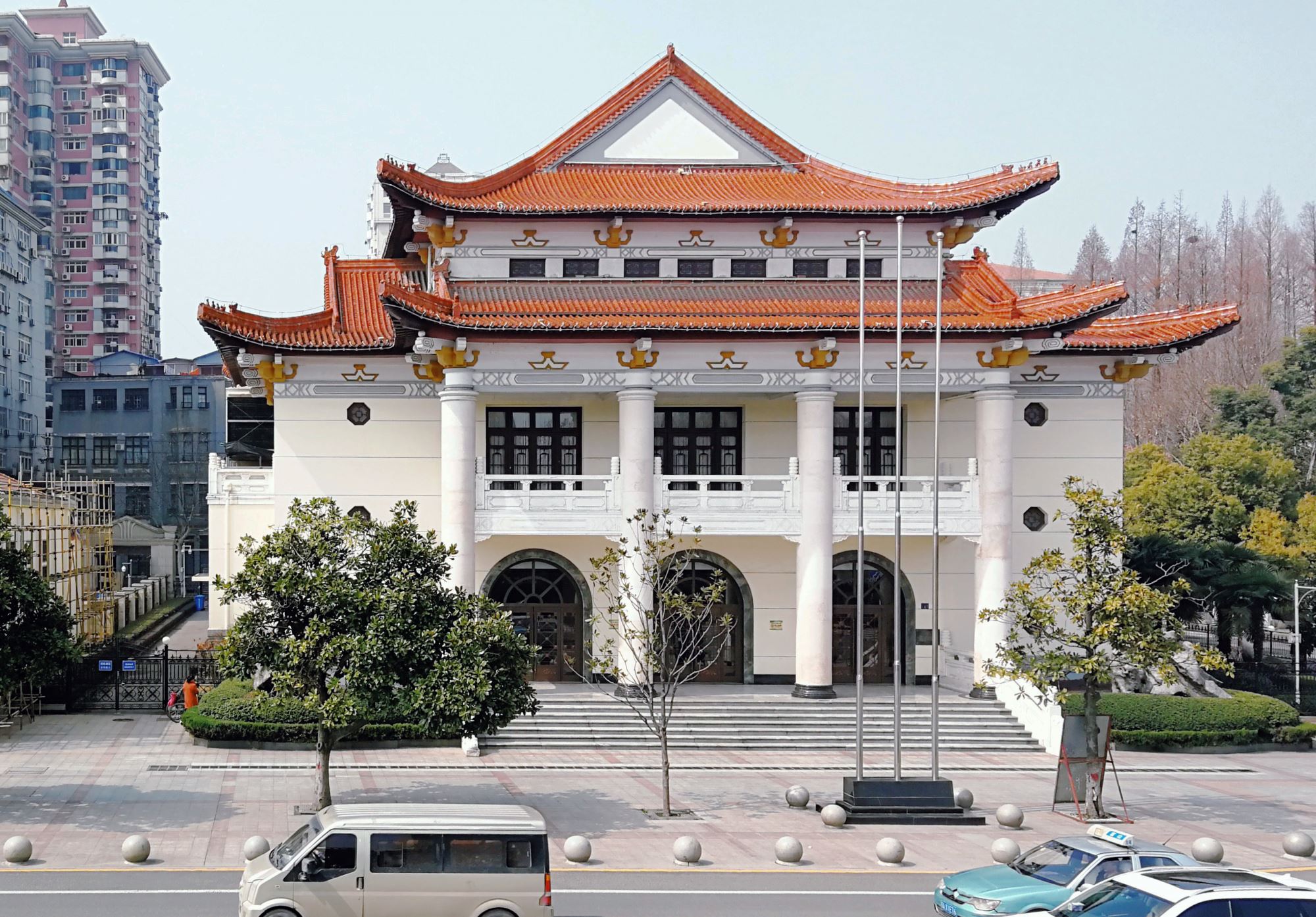
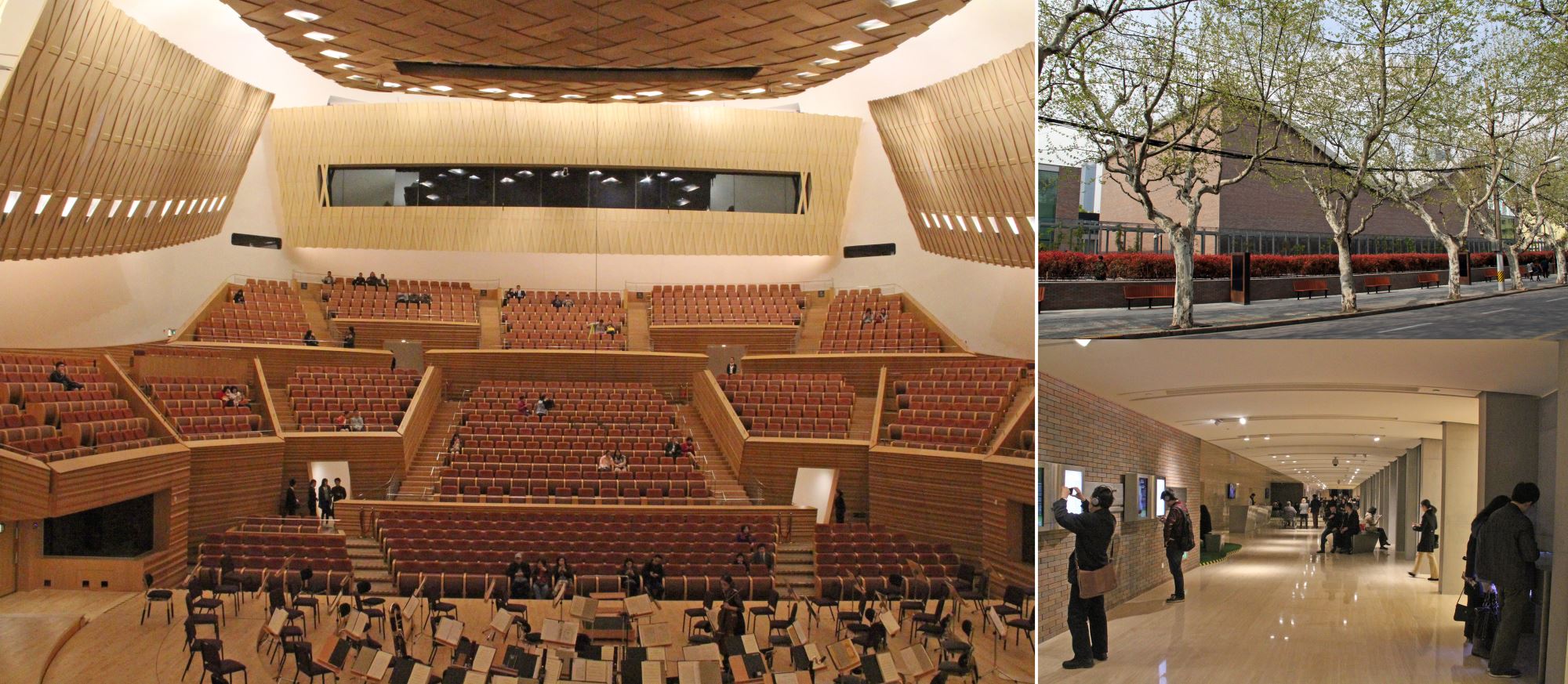


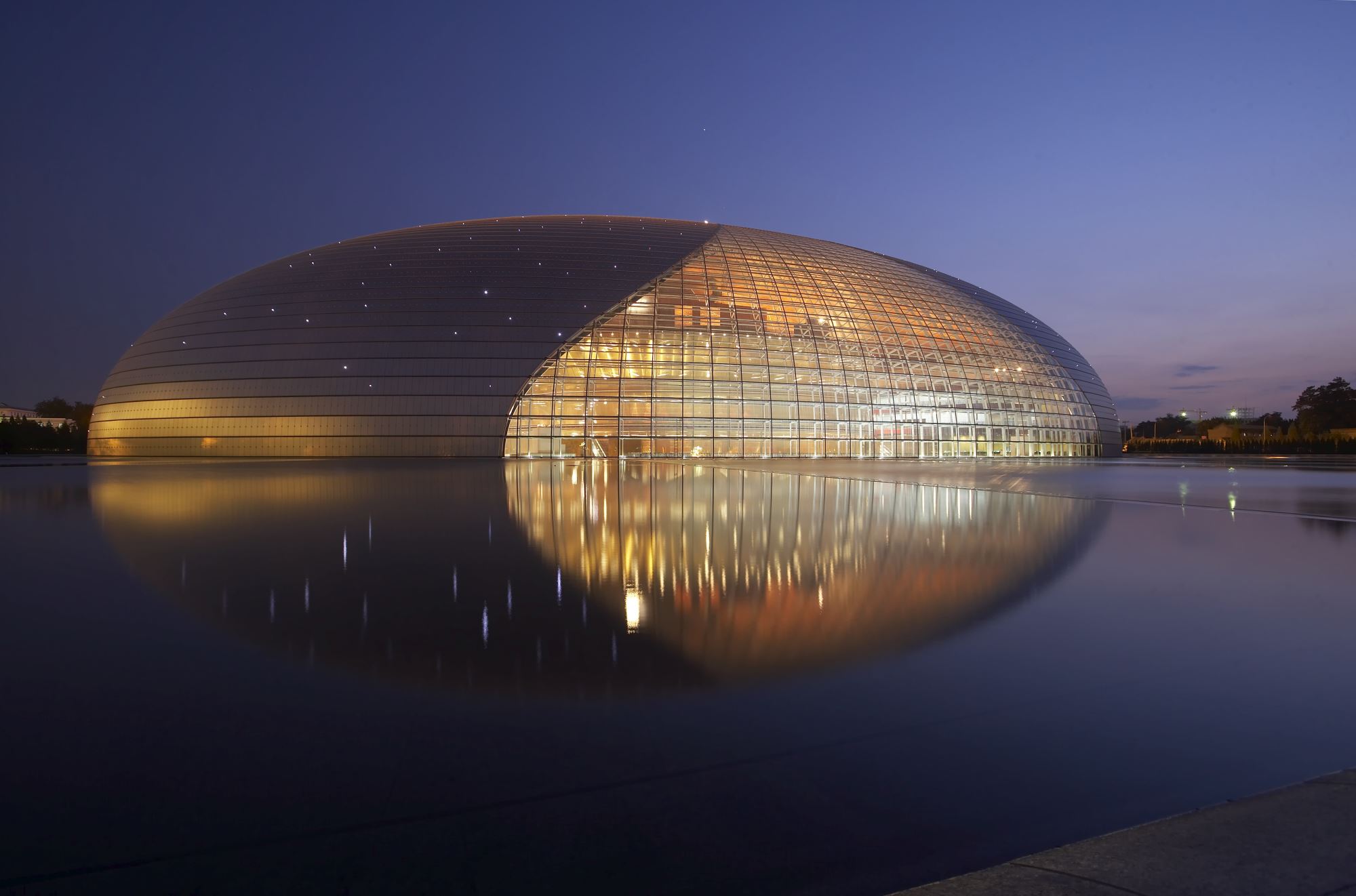
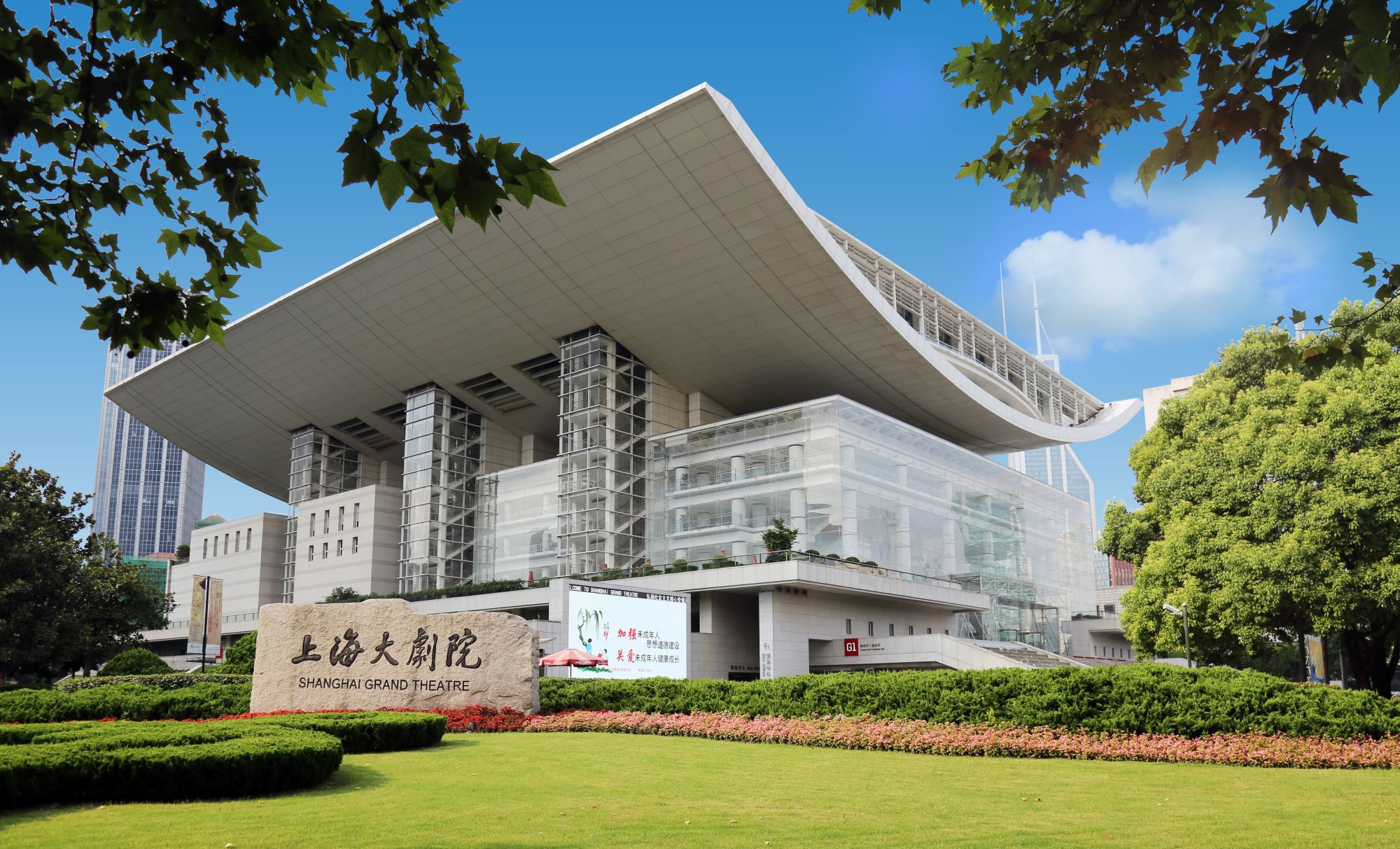
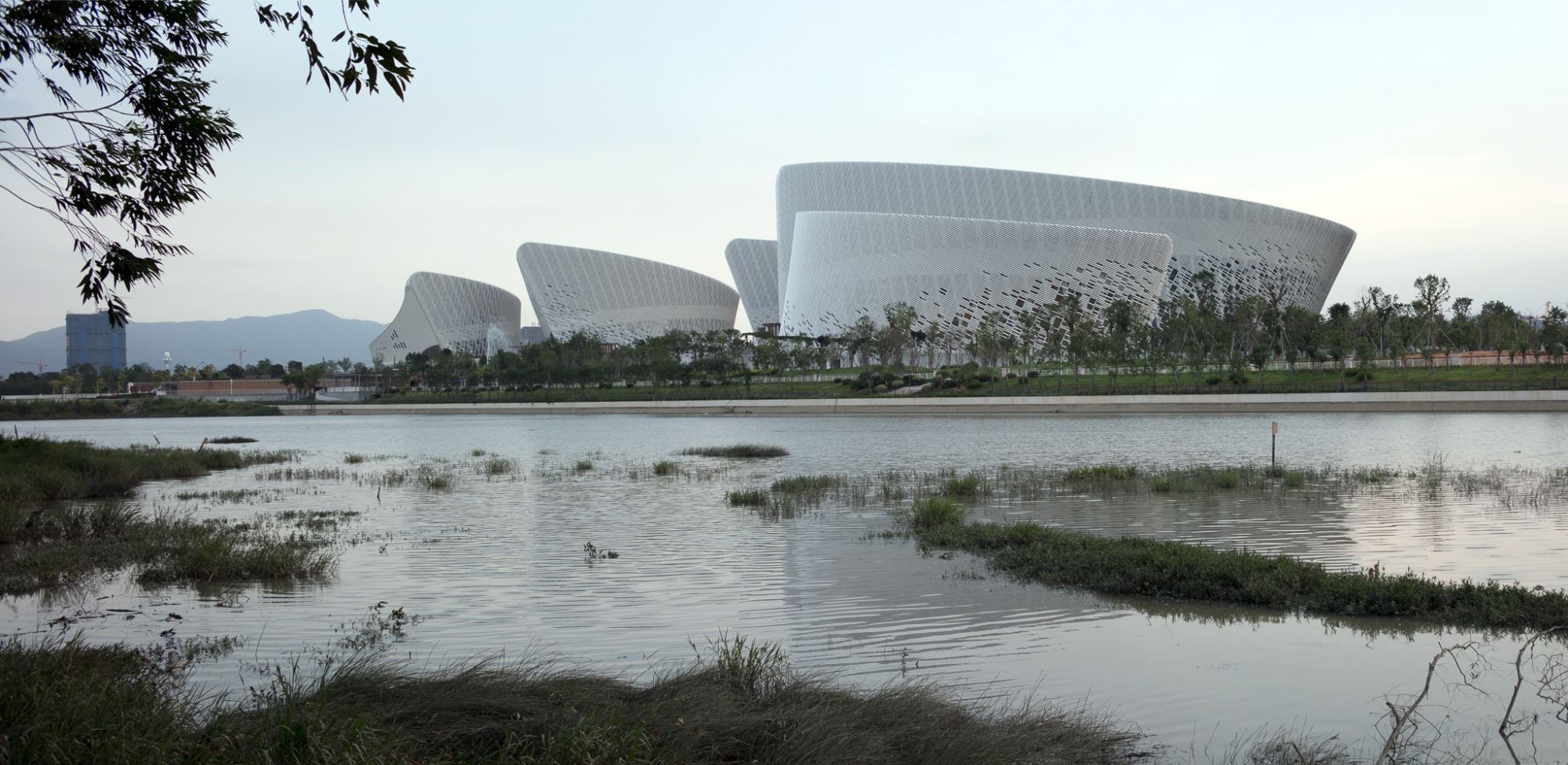


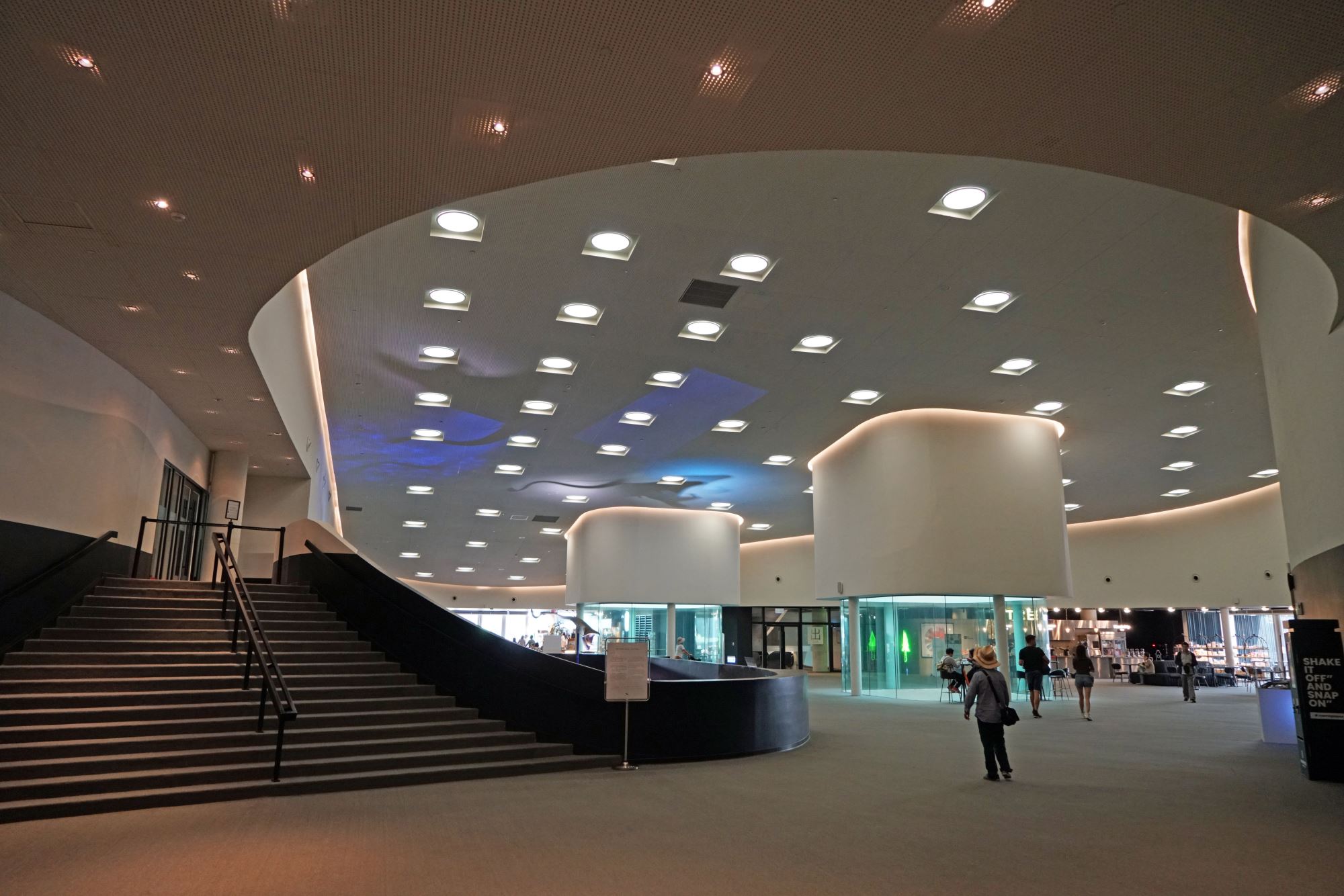
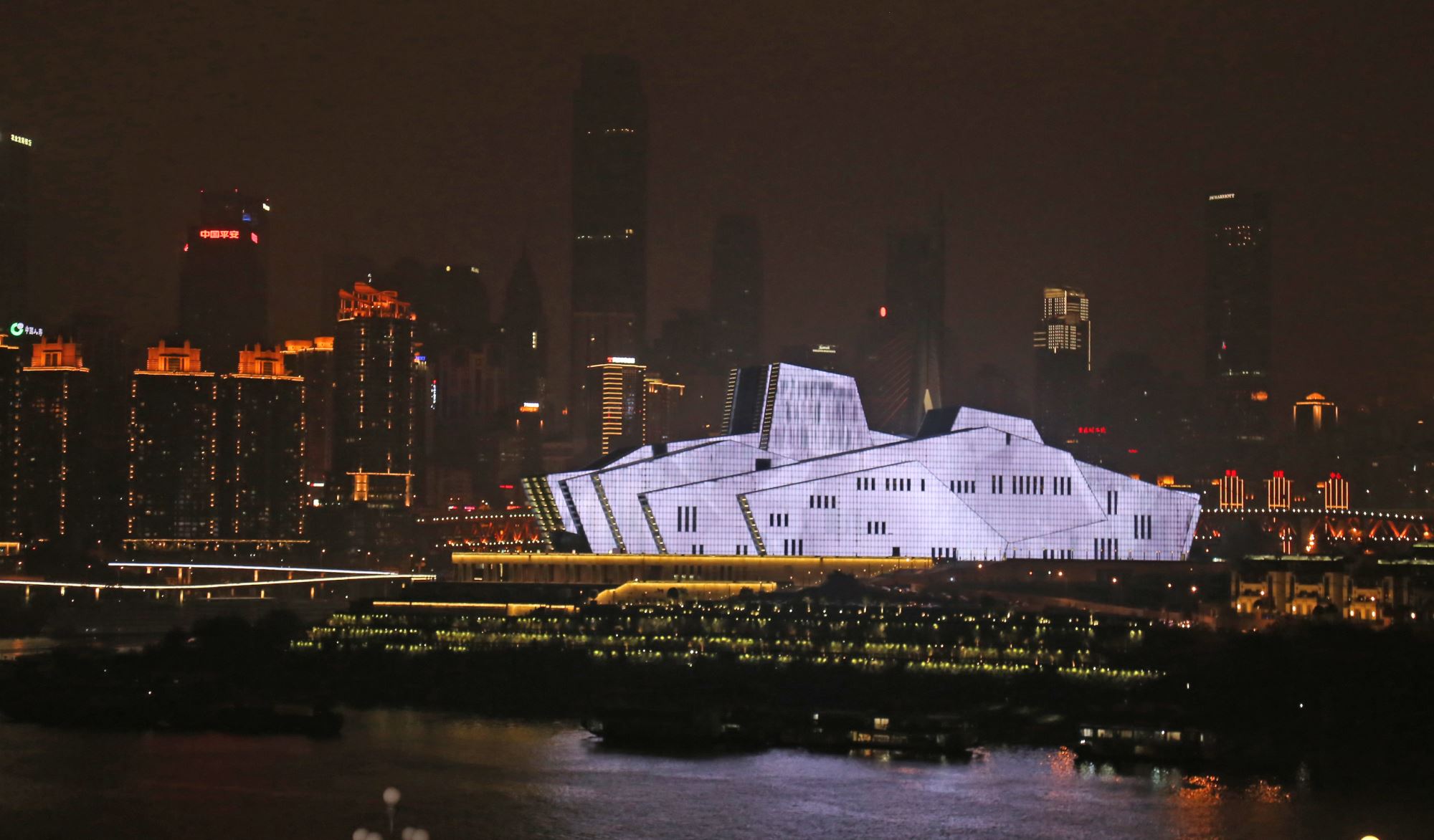
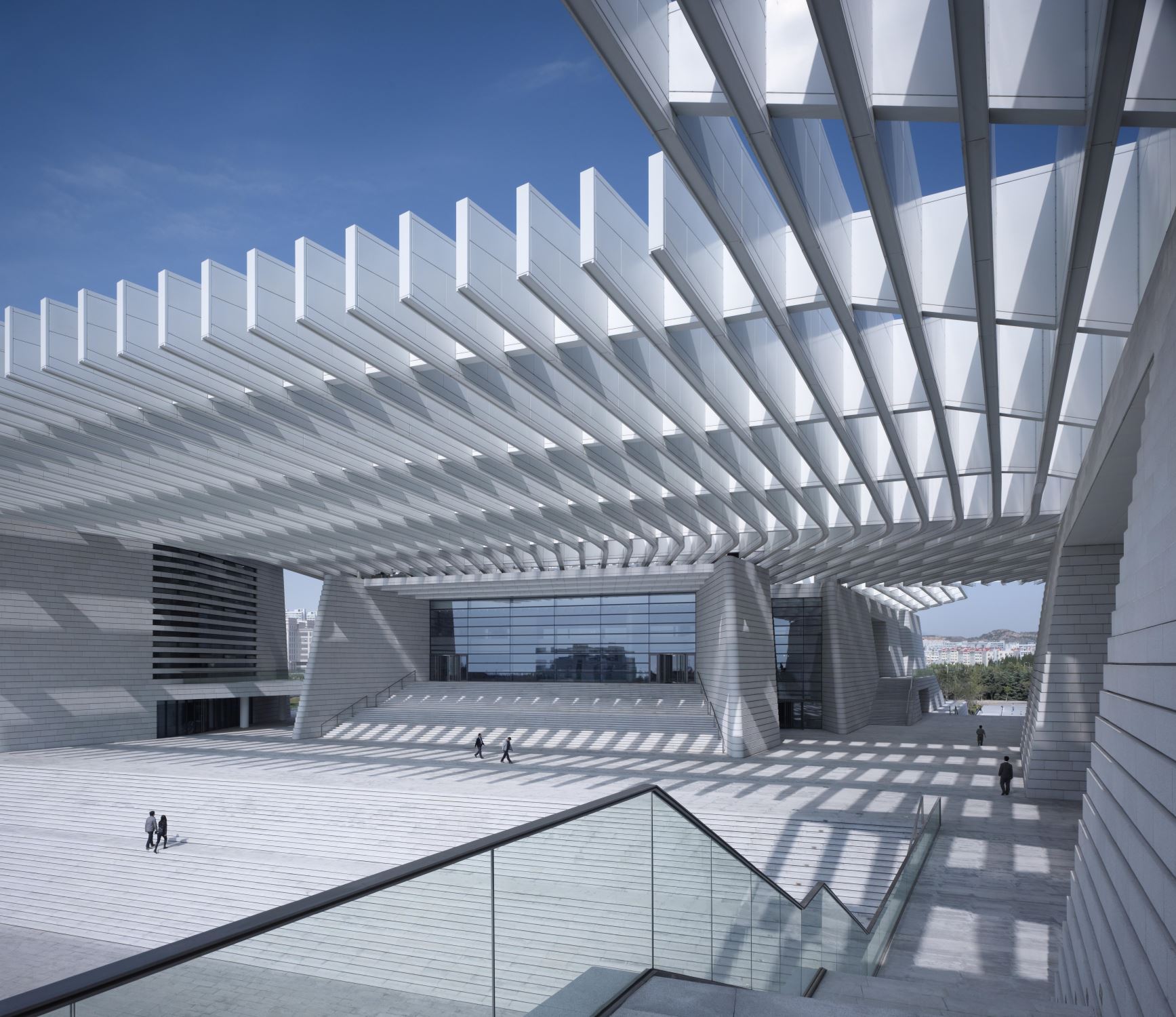




 loading......
loading......